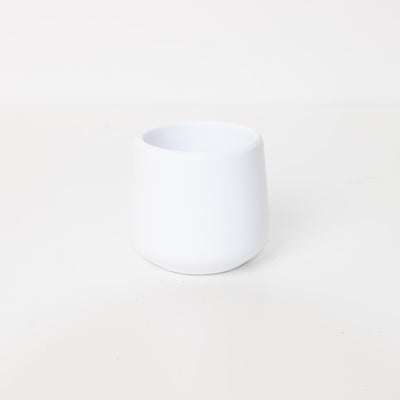Amydrium humile
Regular price
£24.99
£24.99
£29.99
£29.99
Sale price
/
Amydrium humile
Regular price
£24.99
£24.99
£29.99
£29.99
Sale price
/
X

Positano Geo Planter - Burnt Orange
7cm / Orange
£2.99
X

Positano Geo Planter - Red Ochre
7cm / Red
£2.99
X

Tusca White Ceramic Pot
6cm / White Matt
£3.99
X

Mica Amber Pot - White
7cm / White
£4.99
X

Tusca White Ceramic Pot
6cm / White Gloss
£3.99
X

Sara Cream Ceramic Pot
6cm / Natural White
£4.99
X

Lisbon White Plant Pot
11.5cm / White
£5.99
X

Lisbon Anthracite Plant Pot
11.5cm / Anthracite
£5.99
X

POTR Aqua Self-Watering Pot
11cm / Aqua
£16.00
X

POTR Slate Grey Self-Watering Pot
11cm / Slate
£16.00
X

Mondo Anthracite Pot
11cm / Pot and Saucer Set / Anthracite
£5.39
X

Mondo Oat Pot
11cm / Pot and Saucer Set / Oat
£5.39
- Free Shipping Over £60
- Live Arrival Guarantee
- RHS Chelsea Flower Show Gold Medalist
Carbon-neutral shipping on all orders


















